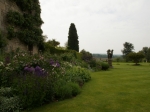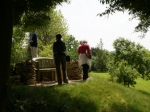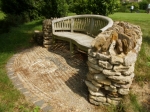


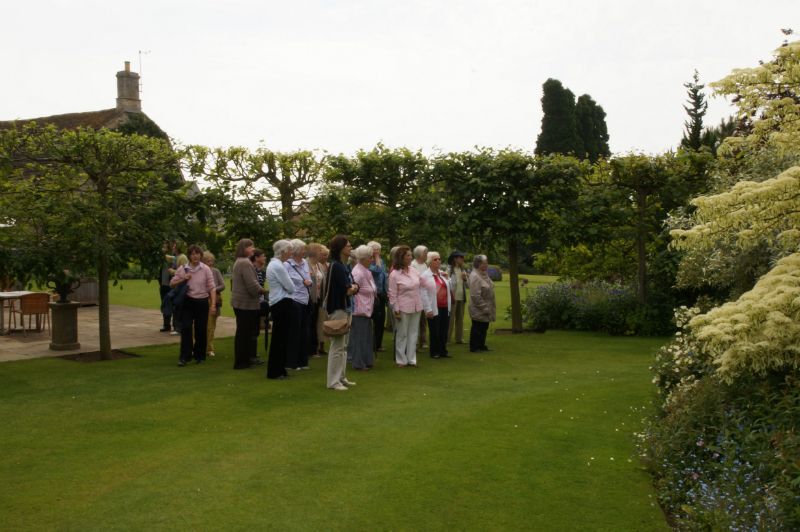









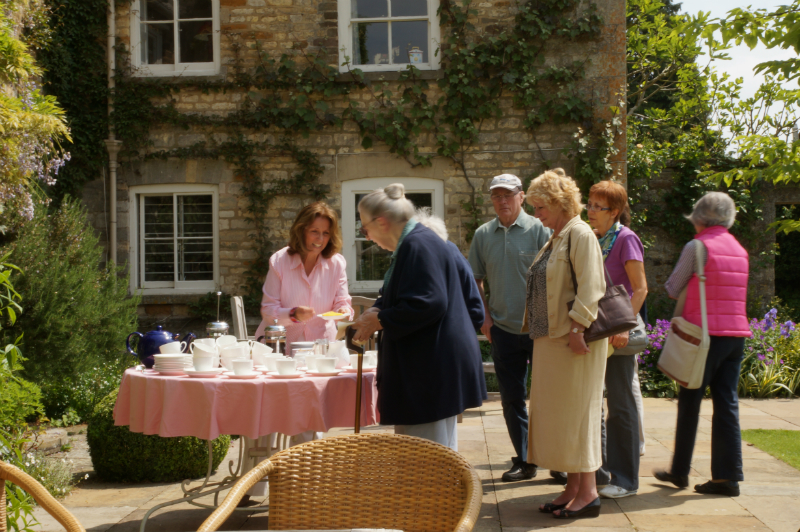







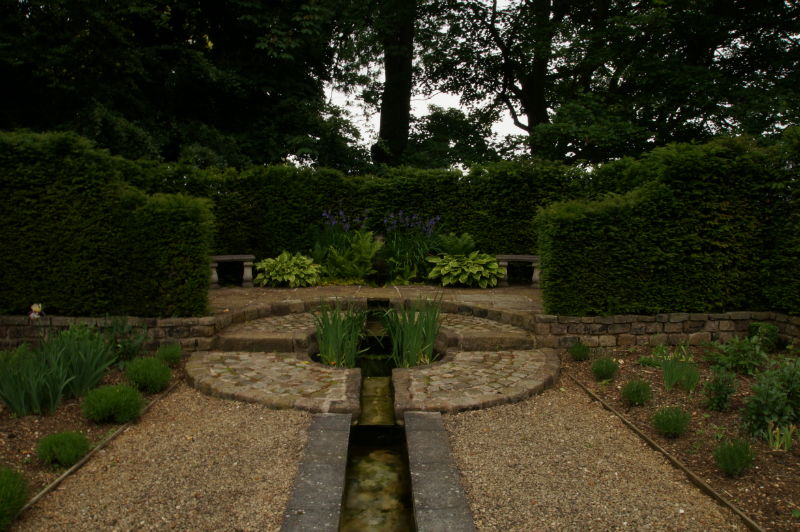








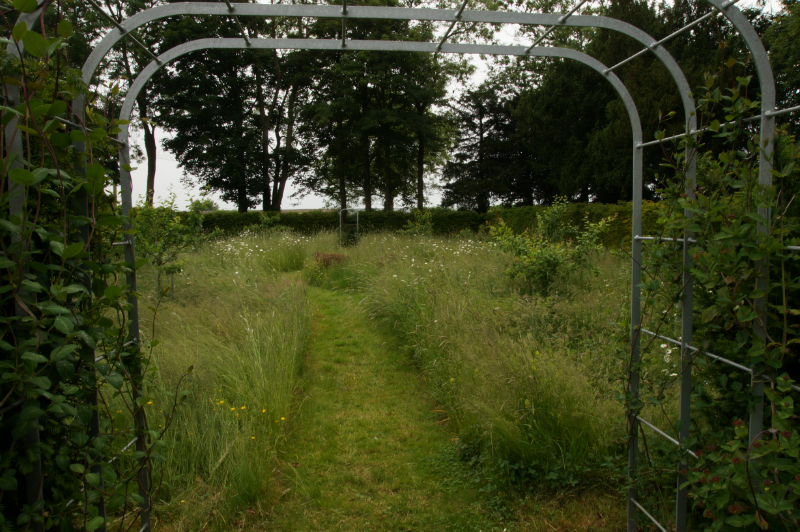
We will then moved on to Oakham for a lunch stop before going on to our second garden – The Old Vicarage at Burley. In the last ten years the garden has been redesigned to introduce some structure and the ground landscaped to give a series of terraces. Hedges of yew, beech, hornbeam and box have added definition and divided the whole into parts united by common themes such as border colour or type of plant. There is now a rose garden, home to a mixture of traditional old roses and David Austin’s English roses, geraniums, peonies, clematis and salvias, and another of white roses planted with blue and purple irises, aconitum and asters. A terrace which links the two rose gardens has white standard wisteria trees and purple irises behind a lavender hedge. Completing this corner of the garden is a rill which runs out from a circular pond though an avenue of purple standard wisteria. Paths lead from the rill, through the white rose garden on to a lawn surrounded by borders in various colour combinations. Beyond the lawn is the ornamental kitchen garden with high brick walls; here there is fruit of all sorts, herbs, and cutting beds for flowers. Four pairs of vegetable beds, edged with step-over apples and alpine strawberries are managed in crop rotation. The vine-house provides shelter for grape vines, peaches and nectarines and tomatoes and peppers in season. A path leads from the walled garden, behind a pleached hornbeam hedge, into an orchard of plums, gages, cherries and apricots planted in a wild flower meadow and then on into an old orchard of apples. Across the paddock, the ground falls away towards the wild pond and a wild area planted with acers and wild flowers and returns to the house though a gravelled walk of pollarded lime trees, hardy geraniums and Japanese anemones.



